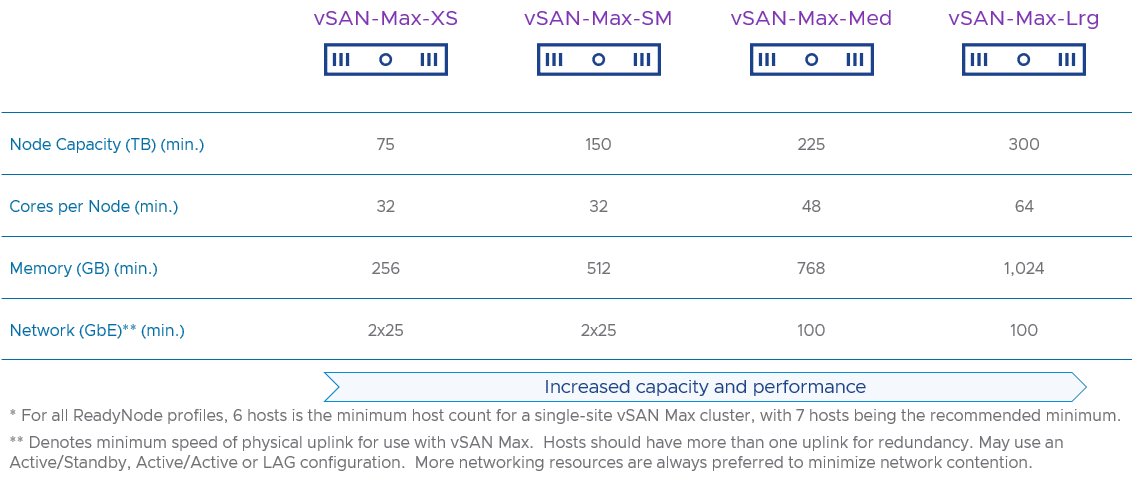Announced in August of last year, VMware vSAN Max was a major VMware Explore 2023 highlight. It’s now GA and ready for customers to explore petabyte-scale disaggregated storage for vSphere.
VMware continues its mission of building powerful enterprise virtualization and storage technologies that administrators around the globe have come to know and love. And now there’s a new twist to the popular vSAN architecture.
Announced in August of last year, VMware vSAN Max was a major VMware Explore 2023 highlight. Max is now GA and ready for customers to explore petabyte-scale disaggregated storage for vSphere.

The new vSAN Max storage capability leverages the brilliant concept of VMware’s well-known vSAN storage technology but on a disaggregated platform for vSphere. Users and Administrators can now scale storage independently from compute for added levels of flexibility to support all of their workloads, unlike traditional hyperconverged vSAN deployments.
vSAN Max is built on VMware’s new Express Storage Architecture (ESA), which offers great flexibility and resiliency. The vSAN Max nodes will offer upwards of 7x greater storage capacity density than other vendors’ standard Hyper-Converged Infrastructure nodes.
For now, it appears that vSAN Max will be available for users of the VMware Cloud Foundation or the vSphere Foundation deployments with a vSAN add-on purchased with the subscription.
vSAN Max Systems
With GA now here, we’re starting to see vendors roll out support in the vSAN ESA ReadyNode program. Of the 12 participants in the ReadyNode program, Lenovo, HPE, Supermicro, Cisco, xFusion, and Inspur all have certified ReadyNodes for vSAN Max. But not all vendors are offering all four sizes, there’s a decent amount of variability depending on the vendor’s market and underlying systems.
By way of example, Lenovo offers vSAN Max XS, S, Med, and Lrg nodes on their Intel-based ThinkSystem SR650 V3 platform, along with all four sizes through the AMD-based ThinkSystem SR655 V3, giving them robust options for both architectures. Looking across the vendors, it appears the 2U 24-bay chassis is generally the early winner for vSAN Max, with 15.36TB SSDs for the Lrg configs with 100GbE networking. Most of the nodes are Intel, but like Lenovo, HPE has AMD options as well.
Ultimately vSAN customers will vote with their investment dollars in Max, which will inform the future direction of these platforms. We’d love to see some super-dense E3.s Gen5 SSD boxes, for now, it looks like we’ll have to wait.
Engage with StorageReview
Newsletter | YouTube | Podcast iTunes/Spotify | Instagram | Twitter | TikTok | RSS Feed

